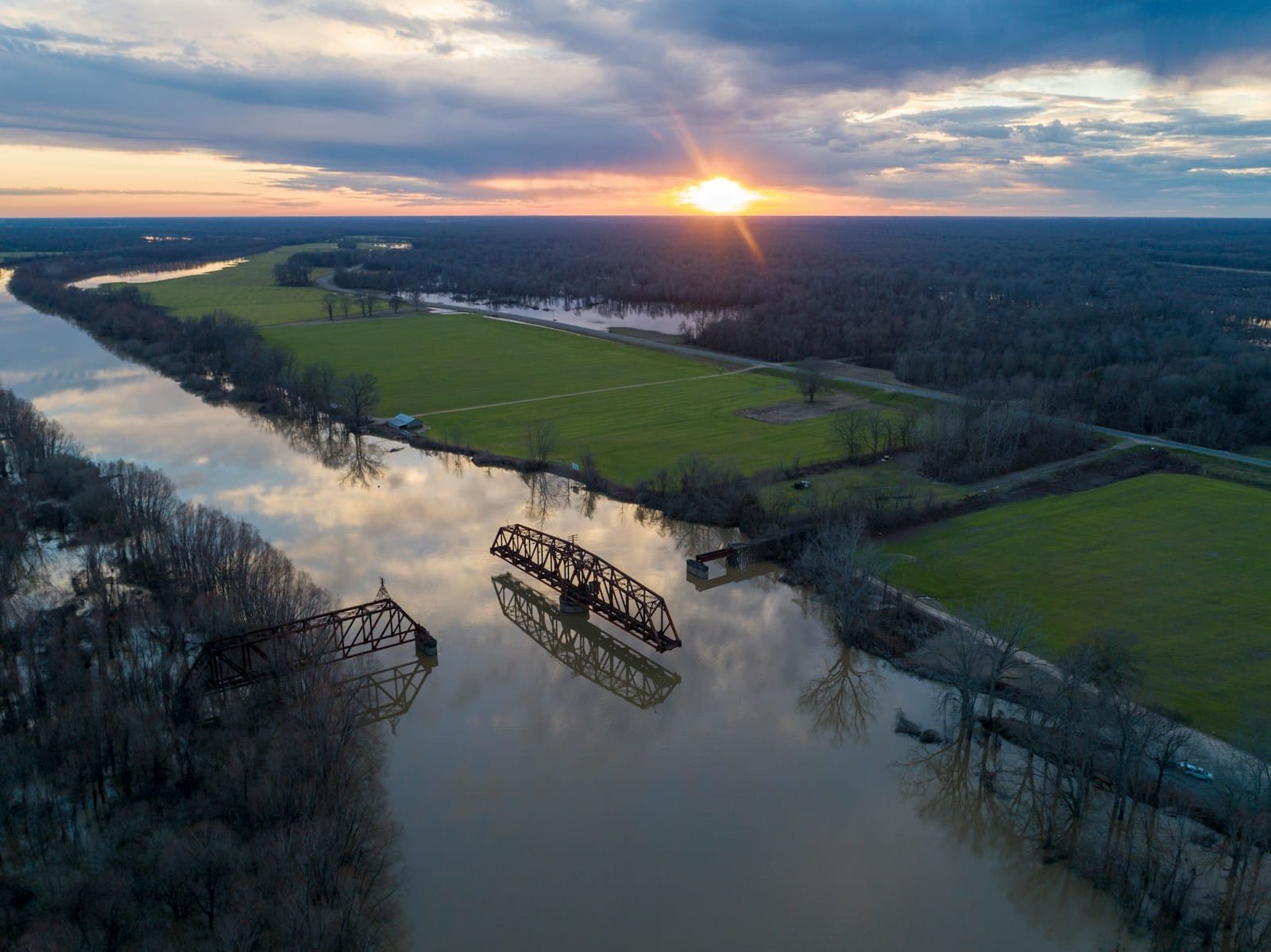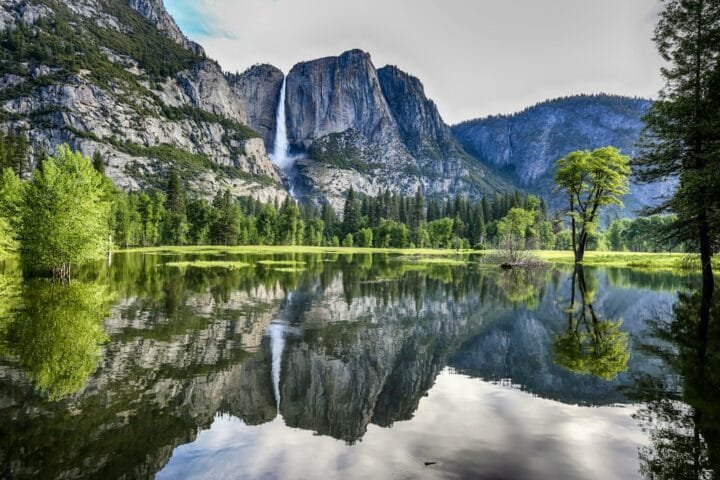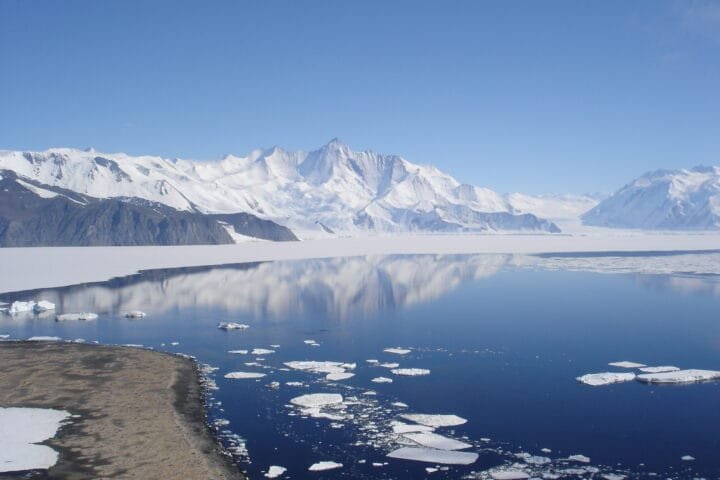From EcoWatch
- The 40th annual America’s Most Endangered Rivers report by American Rivers highlights that half of the rivers in the United States have unsafe pollution levels, with freshwater species facing extinction at a faster rate than land or ocean species.
- The Mississippi River is identified as the most endangered river due to increased flooding and federal flood management changes jeopardizing its health and safety for those who rely on it for clean water.
- Other endangered rivers include the Tijuana River threatened by chemical and sewage pollution, Southern Appalachia Rivers impacted by extreme weather on unsafe dams, and various other rivers facing threats like industrial pollution, outdated water management, mining activities, and toxic pollutants from strip mining.
According to the 40th annual America’s Most Endangered Rivers report by American Rivers, half the rivers in the United States contain unsafe pollution levels, with freshwater species becoming extinct faster than land or ocean species.
The Mississippi River topped the list, with federal flood management changes putting the health of the river at risk, jeopardizing the safety and clean water of those who depend upon it.
Flooding is the most common and costly natural disaster within the Mississippi River Basin, according to the report. More severe and frequent floods have damaged homes, agriculture and businesses.
“Our water wealth is one of our greatest assets as a nation,” said President and CEO of American Rivers Tom Kiernan, in a press release from the conservation nonprofit. “But pollution and extreme weather are putting our rivers, clean water, and public safety at risk. When our rivers [are] sick, our own health and prosperity suffers. There is still hope for these ten endangered rivers, and rivers nationwide. We must come together to safeguard the rivers and clean water we all depend on.”
[...]





